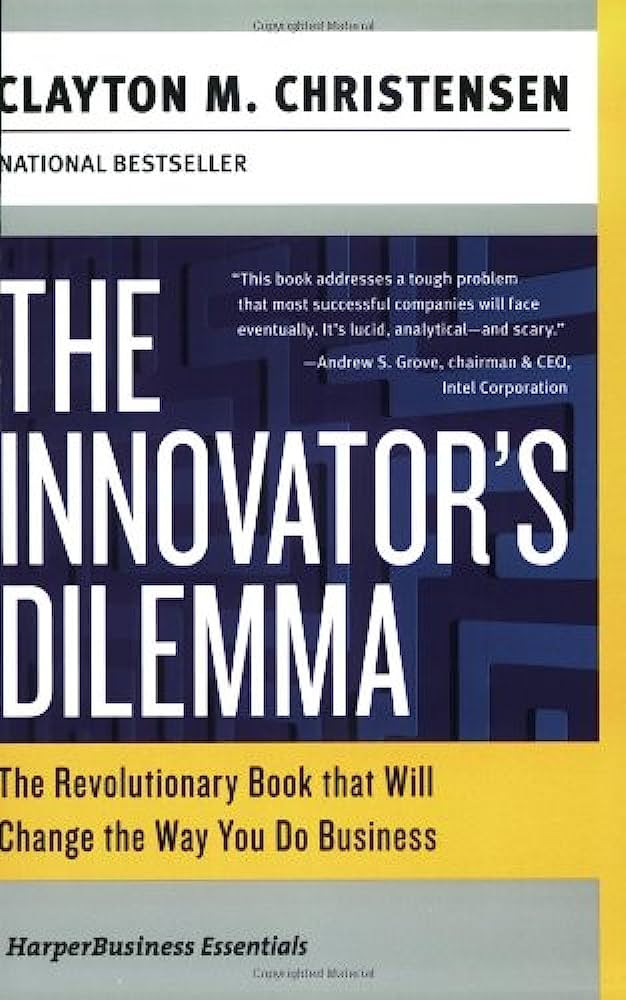Answering the Ultimate Question: How Net Promoter Can Transform Your Business
RATING


This book provides a good follow-up to “The Ultimate Question” for better understanding how to apply the NPS (Net Promoter Score) discipline in practice.
The authors – Richard Owen and Laura L. Brooks – are co-developers the NPS. Here, they give a variety of real case studies for readers to link this metric with business growth and profitability in any organization. They begin with an overview of the NPS and the Net Promoter Operating Model and its 6 Elements: create customer-centric DNA; develop an enterprise roadmap; build trustworthy data; identify root cause of promoters; drive action and accountability; and innovation and transformation. The following chapters provide real examples of how each of these elements were applied or how to avoid misapplication.
This book provides many examples and offers an extensive collection of diagrams and templates/worksheets – such as segmenting for optimal results, calculating return on promoters, estimating the impact of word of mouth, program governance models/responsibilities, designing an enterprise roadmap, building trustworthy data, and setting realistic targets and improvement strategies.
As would be expected, the authors promote the NPS as the end-all and sole measure of performance and customer loyalty. Unfortunately, there is no consideration of other metrics in this book – which could be quite valuable to compare for different tasks, markets and business models.
Fred Reichheld’s 2006 book The Ultimate Question, that question being, “How likely is it that you would recommend this company to a friend or colleague?” – challenged the conventional wisdom of customer satisfaction programs. It coined the terms ‘bad profits’ and ‘good profits’ and pointed to a faster, much more accurate way of gauging customers’ real loyalty to a company, introducing a quantitative measure (the Net Promoter Score) for establishing a baseline and effectively tracking changes going forward. Richard Owen and Laura Brooks are co-developers, along with Reichheld, of the methodology behind answering the question. In this book, Owen and Brooks tell how based on a variety of real case studies’ to actually embed Net Promoter discipline in organizations of all types.
This book provides a practical tools and guides for applying the NPS to your company. It is full of examples, diagrams and advice for tactical application. The cases are particularly instructive, given the authors’ experience with over 80 companies for which they have helped to put Customer Experience Management and Net Promoter disciplines into practice.
To delve deeper into NPS and other metrics of customer loyalty, see Senteo reviews for “The Ultimate Question 2.0“ and “Measuring Customer Satisfaction and Loyalty”.

“Answering the Ultimate Question” provides extensive examples for implementing NPS in practice as well as elements of utilizing for ongoing performance measurement and tactical application of this strategy.
See content on this topic

Sales training for front line along with basic development and coaching principles for line management.
Understanding branding and communications from the standpoint of emotional engagement and building relevant and meaningful dialogue with customers.
This course covers a complete view of customer touch points (both physical and virtual) and a unique model for standardizing and managing customer contact models across channels including approaches for customer feedback, quality management, and migration.
Understand how the innovation process changes moving from functionality and channel design to a process focused on creating value for customers.
Experiential Branding & Communications – Improving Brand Integration Through Emotional Engagement.
This course covers a complete view of customer touch points (both physical and virtual) and a unique model for standardizing and managing customer contact models across channels.
Understand the value of a customer-oriented analytics package and how behavioral scenarios can be used to improve profitability through influencing behavior and usage.
To understand the principles of game dynamics and learn how to effectively use the elements of gamification in business: to involve customers, employees and contractors in the process.
Understand the components and features in a complex Customer Relationship Management system (infrastructure, architecture, functionality, etc.) and the uses and benefits for both the business and the customer.
Understanding the range and function of different relationship management processes used to build customer engagement models and manage the quality of customer relationships.
Understand how the innovation process changes moving from functionality and channel design to a process focused on creating value for customers.
Understanding the drivers and mechanics of corporate culture will help any management to design and develop an organizational culture for success and growth.




 Copy Link
Copy Link
 E-mail
E-mail
 LinkedIn
LinkedIn
 Facebook
Facebook
 Telegram
Telegram
 WhatsApp
WhatsApp

















 Go Back
Go Back
Leave a Reply
You must be logged in to post a comment.